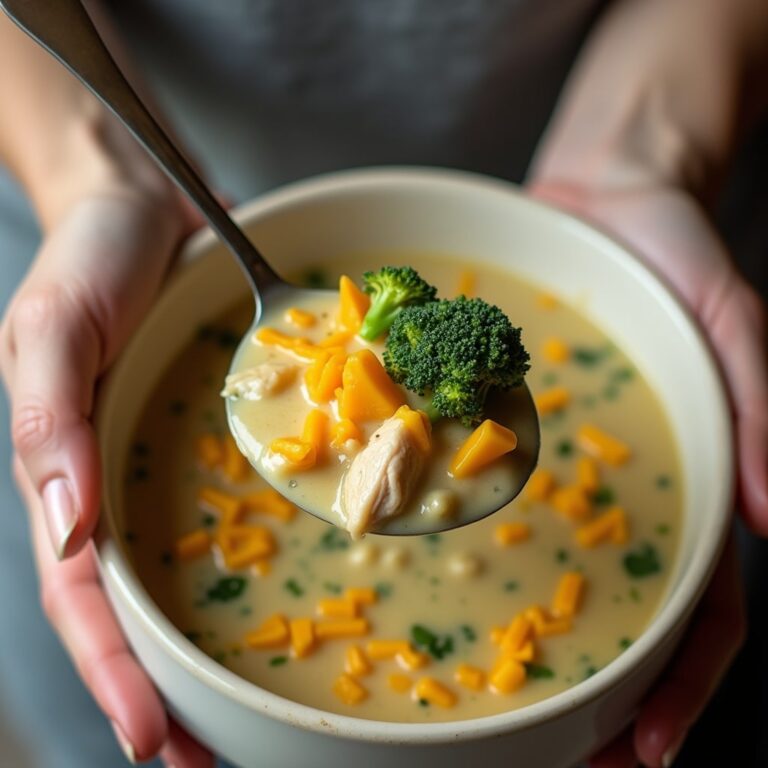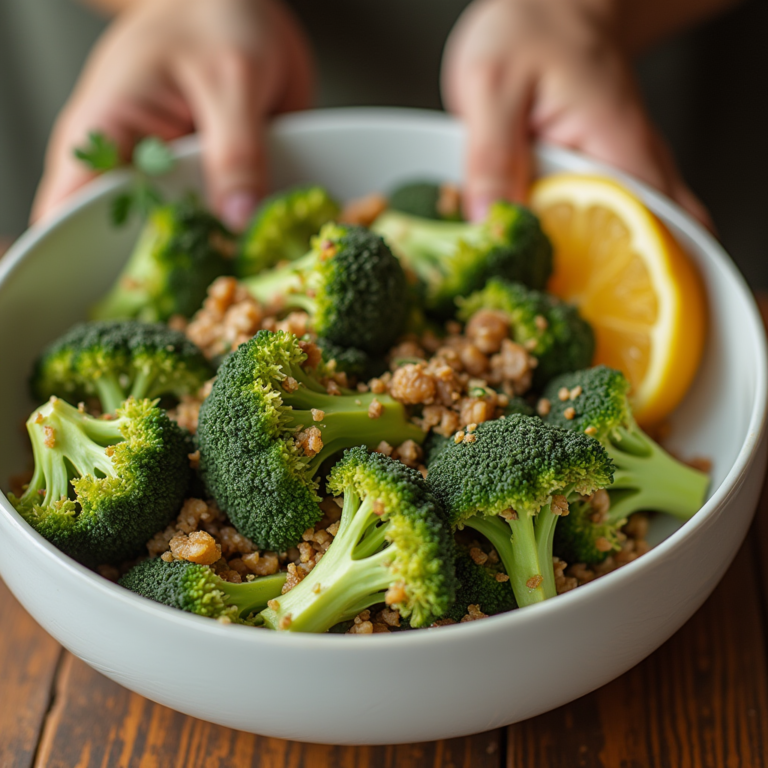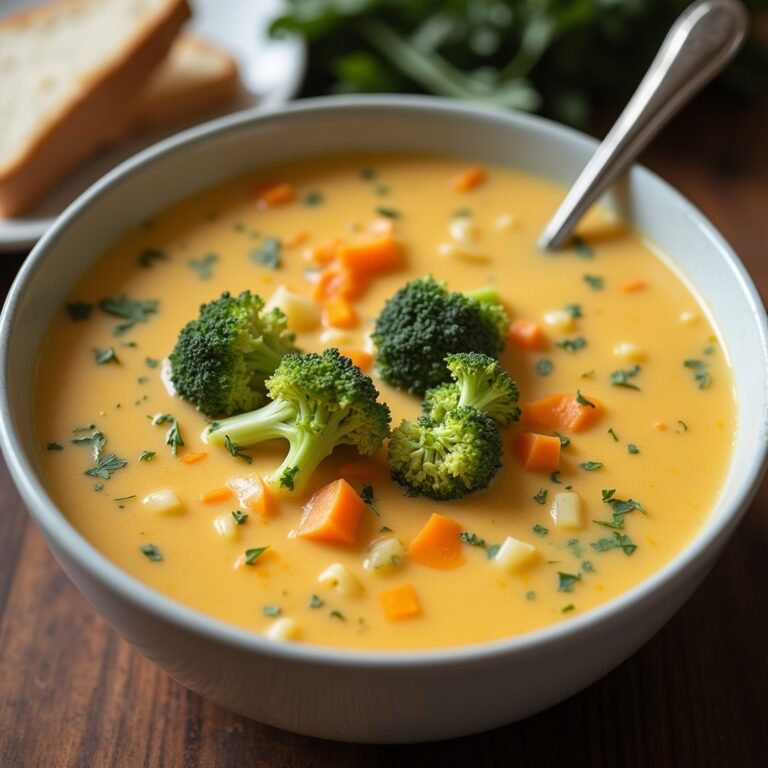vegan gluten free recipes
Butternut Squash Mac and Cheese with Broccoli: The Ultimate Low-Calorie, High-Fiber Vegan Comfort Food
Introduction
vegan, gluten-free recipes, is your choose of classic comfort food, creamy mac and cheese often comes to mind. But for those following a vegan, gluten-free lifestyle, this dish can be a challenge. That’s why this Butternut Squash Mac and Cheese with Broccoli recipe is a perfect alternative. It uses butternut squash, nutritional yeast, and garlic to create a dairy-free, cheesy flavor while keeping things light and packed with nutrients. Served with gluten-free pasta, this dish fits right into categories like low-calorie vegan meals, low-carb vegan options, high-fiber vegan recipes, and even immune-boosting ingredients for those looking to make their comfort food healthier.
Why Butternut Squash Mac and Cheese is the Ultimate Comfort Food
Butternut Squash Mac and Cheese with Broccoli is creamy, hearty, and packed with a rich flavor that satisfies cravings while staying nutritious. The natural creaminess of roasted butternut squash creates a thick, flavorful sauce that tastes indulgent without the heaviness of traditional mac and cheese. With broccoli for texture and color, this recipe has the ideal balance of flavors and nutrients to make it a satisfying, comforting meal.
Key Health Benefits of a Vegan, Gluten-Free Twist
Switching to a plant-based, gluten-free diet offers numerous health benefits. This Butternut Squash Mac and Cheese is rich in immune-supporting nutrients and provides a satisfying alternative to traditional versions:
- Low-Calorie: Butternut squash is naturally low in calories, helping you enjoy a larger portion without overindulging.
- High-Fiber: Both butternut squash and broccoli are fiber-rich, aiding digestion and keeping you full.
- Immune-Boosting: High in vitamins A and C, this dish supports immunity, especially during the colder months.
By swapping dairy for plant-based ingredients like butternut squash and nutritional yeast, this dish offers the comfort of mac and cheese with added health benefits.
What Makes This Butternut Squash Mac and Cheese So Special?
Nutritional Benefits of Butternut Squash, Nutritional Yeast, and Broccoli
- Butternut Squash: Known for its creamy texture and slight sweetness, butternut squash is rich in vitamin A, which supports immune function and eye health. Low in calories and high in fiber, it’s an excellent base for a cheese-like sauce that feels indulgent but remains healthy.
- Nutritional Yeast: A staple in vegan kitchens, nutritional yeast has a naturally cheesy flavor and is packed with B vitamins, especially B12, essential for vegans. It’s also high in protein and a complete source of amino acids, making it a powerhouse ingredient for a balanced diet.
- Broccoli: Adding broccoli brings a host of nutrients, including vitamin C and fiber, both of which are essential for digestive health and immunity. It also provides a slight crunch, complementing the creamy sauce and adding a vibrant green hue.
The Role of Nutritional Yeast in Vegan Cooking
Nutritional yeast is crucial in this dish, providing a cheesy flavor and thickening the sauce without any dairy. Its B-vitamin profile adds an extra boost for vegans, making it ideal for recipes where both flavor and nutrition matter. By enhancing the cheesy richness of the sauce, it makes this Butternut Squash Mac and Cheese truly satisfying.

Choosing the Right Gluten-Free Pasta
The type of gluten-free pasta used can affect the texture and taste of this dish. Here are some popular options:
- Brown Rice Pasta: Mild in flavor and close to traditional wheat pasta in texture, it’s high in fiber and protein.
- Chickpea or Lentil Pasta: These options are high in protein and fiber, offering a nutty flavor that pairs well with the squash sauce.
- Quinoa Pasta: A hearty, gluten-free choice with a slight nuttiness that works well with the creaminess of the butternut squash.
How This Recipe Fits Into a Healthy Lifestyle
Low-Calorie Vegan Meal Benefits
The low-calorie profile of this dish allows you to enjoy a satisfying meal without excess calories. Butternut squash and broccoli keep it light and nutrient-dense, perfect for weight management and heart health.
Low-Carb Vegan Adaptations
For a low-carb version, consider swapping pasta for spiralized vegetables or low-carb pasta alternatives, which still hold the creamy sauce well without the added carbohydrates.
High-Fiber and Immune-Boosting Ingredients
With high-fiber ingredients like butternut squash and broccoli, this dish supports digestion and helps stabilize blood sugar levels. The abundance of vitamins A and C supports immunity, making this dish a fantastic choice year-round.
Step-by-Step Guide to Making Butternut Squash Mac and Cheese with Broccoli

Ingredients
- Butternut Squash (about 2-3 cups, cubed and roasted): Acts as the base for the creamy sauce, lending a slightly sweet and velvety texture.
- Gluten-Free Pasta (like rice or quinoa-based pasta): Aids in keeping the dish gluten-free.
- Broccoli (about 1-2 cups, chopped): Adds color, nutrients, and texture.
- Nutritional Yeast (¼ to ½ cup): Provides a cheesy, umami flavor essential for vegan mac and cheese.
- Garlic (1-2 cloves, minced): Adds depth and a savory base to the sauce.
- Unsweetened Plant-Based Milk (such as almond, oat, or soy milk, about 1 cup): Helps achieve the sauce’s creamy consistency.
- Olive Oil or Vegan Butter (1-2 tablespoons): Adds richness to the sauce.
- Salt and Pepper: To taste.
- Optional Seasonings (smoked paprika, turmeric, or mustard powder): For extra flavor depth.
preparation Tips
- Roasting the Squash: Roasting brings out the natural sweetness of butternut squash and makes it easier to blend into a creamy sauce.
- Cooking Gluten-Free Pasta: Follow package instructions carefully, as gluten-free pasta can become mushy if overcooked.
Cooking Instructions
- Roast the butternut squash until tender, then blend with garlic and nutritional yeast for a smooth sauce.
- Cook the gluten-free pasta, adding broccoli in the final minutes to retain its crunch.
- Combine the pasta, broccoli, and butternut squash sauce, mixing until coated.
Serving Suggestions
For a balanced meal, serve this mac and cheese with a fresh salad or roasted vegetables.
Customizations and Variations
Making it Extra Cheesy
Add dairy-free cheese shreds or a bit of coconut milk to enhance the creaminess and richness of the sauce.
Adding Spice and Flavor Variations
Spice it up with smoked paprika or turmeric, both of which add flavor depth and additional health benefits.
Including Additional Veggies
Mix in other veggies like spinach or cauliflower for added texture and nutrients.
The Benefits of Low-Calorie, High-Fiber, and Immune-Boosting Foods
Weight Management and Satiety
Low-calorie, fiber-rich meals like this help with weight management by keeping you full without high-calorie intake.
Enhanced Digestion
Fiber aids in digestion and promotes gut health, making high-fiber meals like this ideal for overall wellness.
Immune Health and Vital Nutrients
The vitamins and antioxidants in butternut squash, broccoli, and garlic help strengthen immunity, making this dish especially beneficial during flu season.
Frequently Asked Questions
Storing and Reheating Tips
Store leftovers in an airtight container in the fridge for up to 3 days. Reheat on the stove with a splash of water or dairy-free milk to keep the sauce creamy.
Nut-Free Alternatives
If avoiding nuts, use soy or oat milk instead of almond milk, which often pairs well with butternut squash.
Recommended vegan, gluten-free recipes with Pasta Options
For best results, use rice or quinoa pasta, as these types hold the sauce well without becoming mushy.
Using Frozen Butternut Squash
Frozen squash works well; just thaw and roast it as you would fresh squash for a rich flavor.
In conclusion, this Butternut Squash Mac and Cheese with Broccoli is a delightful, nutritious dish that shows you can enjoy comfort food without compromising on flavor. Packed with low calories, high fiber, and immune-boosting ingredients, it’s a perfect example of healthy eating that doesn’t skimp on taste. I encourage you to give this recipe a try and experience the deliciousness of plant-based, gluten-free meals for yourself! For more tasty and nutritious recipes, be sure to visit my site at www.recipemamy.com. Happy cooking!







